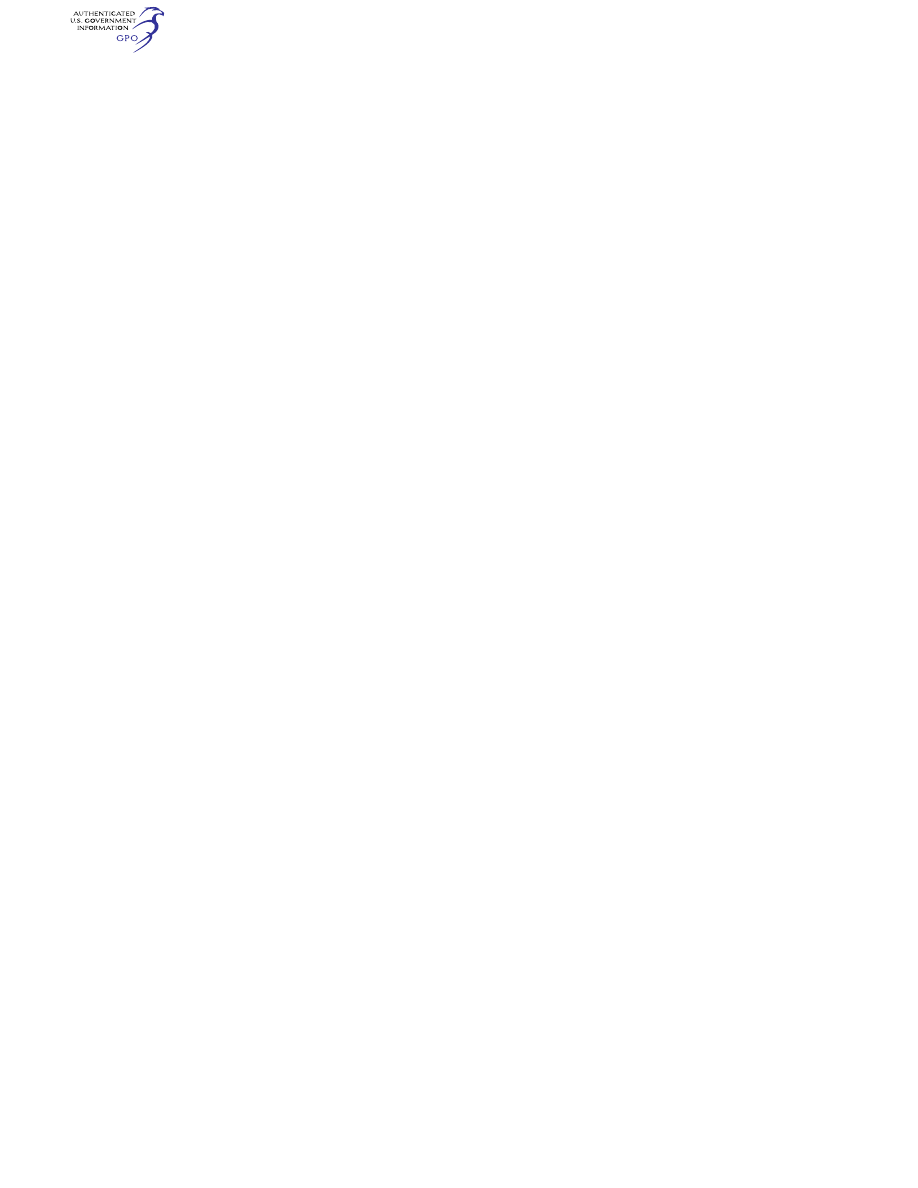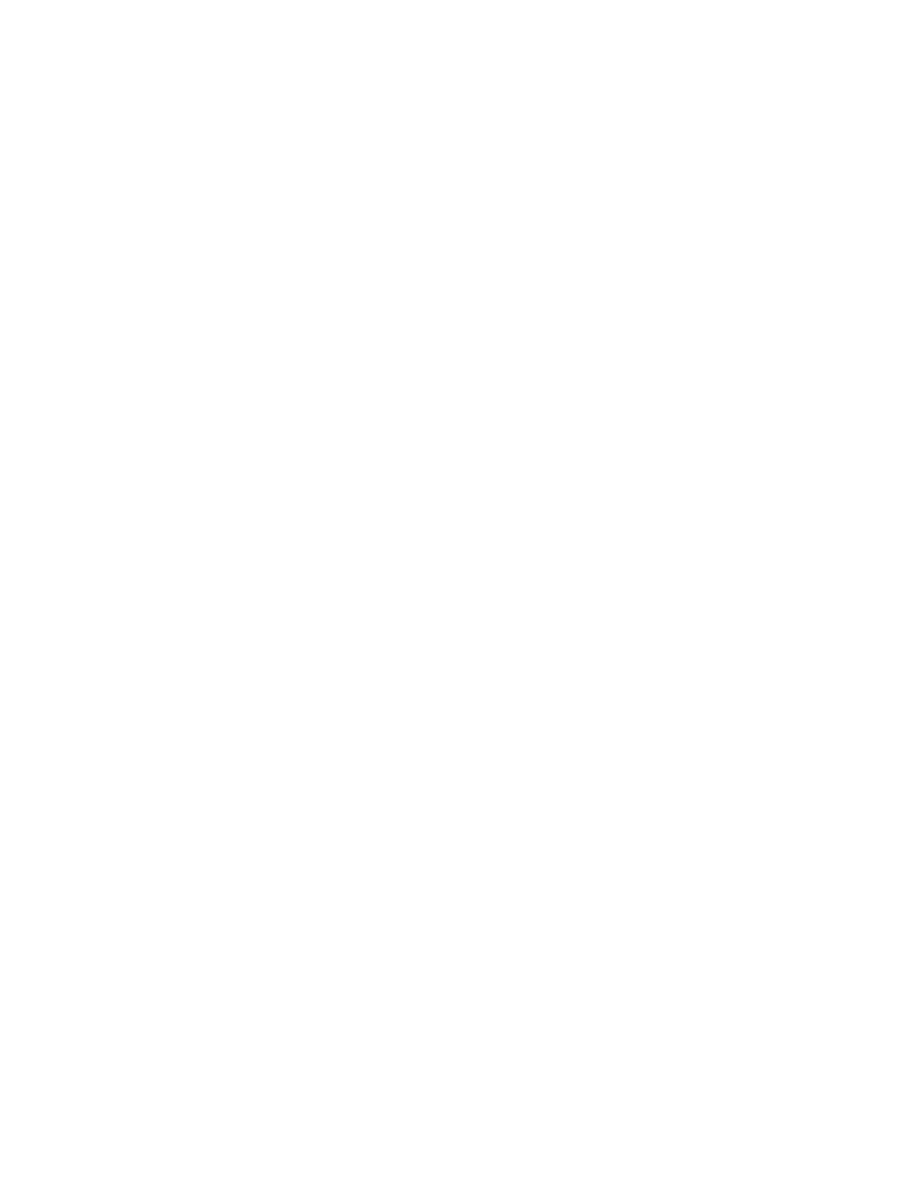
496
14 CFR Ch. I (1–1–24 Edition)
§ 61.56
it is permissible for a qualified man-
agement official within the organiza-
tion to sign the applicant’s FAA Form
8710–1.
(6) The applicant must appear in per-
son at a Flight Standards office or to
an Examiner or to an authorized Air-
crew Program Designee with his or her
logbook/training records and with the
completed and signed FAA Form 8710–
1.
(7) There is no practical test required
for the issuance of the ‘‘SIC Privileges
Only’’ pilot type rating.
(f) The familiarization training re-
quirements of paragraph (b) of this sec-
tion do not apply to a person who is:
(1) Designated and qualified as pilot
in command under subpart K of part 91,
part 121, 125, or 135 of this chapter in
that specific type of aircraft;
(2) Designated as the second in com-
mand under subpart K of part 91, part
121, 125, or 135 of this chapter in that
specific type of aircraft;
(3) Designated as the second in com-
mand in that specific type of aircraft
for the purpose of receiving flight
training required by this section, and
no passengers or cargo are carried on
the aircraft; or
(4) Designated as a safety pilot for
purposes required by § 91.109 of this
chapter.
(g) The holder of a commercial or air-
line transport pilot certificate with the
appropriate category and class rating
is not required to meet the require-
ments of paragraph (b)(2) of this sec-
tion, provided the pilot:
(1) Is conducting a ferry flight, air-
craft flight test, or evaluation flight of
an aircraft’s equipment; and
(2) Is not carrying any person or
property on board the aircraft, other
than necessary for conduct of the
flight.
(h) For the purpose of meeting the re-
quirements of paragraph (b) of this sec-
tion, a person may serve as second in
command in that specific type aircraft,
provided:
(1) The flight is conducted under day
VFR or day IFR; and
(2) No person or property is carried
on board the aircraft, other than nec-
essary for conduct of the flight.
(i) The training under paragraphs (b)
and (d) of this section and the training,
proficiency check, and competency
check under paragraph (e) of this sec-
tion may be accomplished in a flight
simulator that is used in accordance
with an approved training course con-
ducted by a training center certificated
under part 142 of this chapter or under
subpart K of part 91, part 121 or part 135
of this chapter.
(j) When an applicant for an initial
second-in-command qualification for a
particular type of aircraft receives all
the training in a flight simulator, that
applicant must satisfactorily complete
one takeoff and one landing in an air-
craft of the same type for which the
qualification is sought. This require-
ment does not apply to an applicant
who completes a proficiency check
under part 121 or competency check
under subpart K, part 91, part 125, or
part 135 for the particular type of air-
craft.
[Doc. No. 25910, 62 FR 16298, Apr. 4, 1997;
Amdt. 61–103, 62 FR 40898, July 30, 1997;
Amdt. 61–109, 68 FR 54559, Sept. 17, 2003;
Amdt. 61–113, 70 FR 45271, Aug. 4, 2005; Amdt.
61–109, 70 FR 61890, Oct. 27, 2005; Amdt. 61–124,
74 FR 42550, Aug. 21, 2009; Amdt. 61–128, 76 FR
54105, Aug. 31, 2011; Amdt. 61–130, 78 FR 42374,
July 15, 2013; Docket FAA–2018–0119, Amdt.
61–141, 83 FR 9170, Mar. 5, 2018]
§ 61.56
Flight review.
(a) Except as provided in paragraphs
(b) and (f) of this section, a flight re-
view consists of a minimum of 1 hour
of flight training and 1 hour of ground
training. The review must include:
(1) A review of the current general
operating and flight rules of part 91 of
this chapter; and
(2) A review of those maneuvers and
procedures that, at the discretion of
the person giving the review, are nec-
essary for the pilot to demonstrate the
safe exercise of the privileges of the
pilot certificate.
(b) Glider pilots may substitute a
minimum of three instructional flights
in a glider, each of which includes a
flight to traffic pattern altitude, in
lieu of the 1 hour of flight training re-
quired in paragraph (a) of this section.
(c) Except as provided in paragraphs
(d), (e), and (g) of this section, no per-
son may act as pilot in command of an
aircraft unless, since the beginning of
the 24th calendar month before the
VerDate Sep<11>2014
14:00 Mar 14, 2024
Jkt 262047
PO 00000
Frm 00506
Fmt 8010
Sfmt 8002
Q:\14\14V2.TXT
PC31
aworley on LAPBH6H6L3 with DISTILLER
